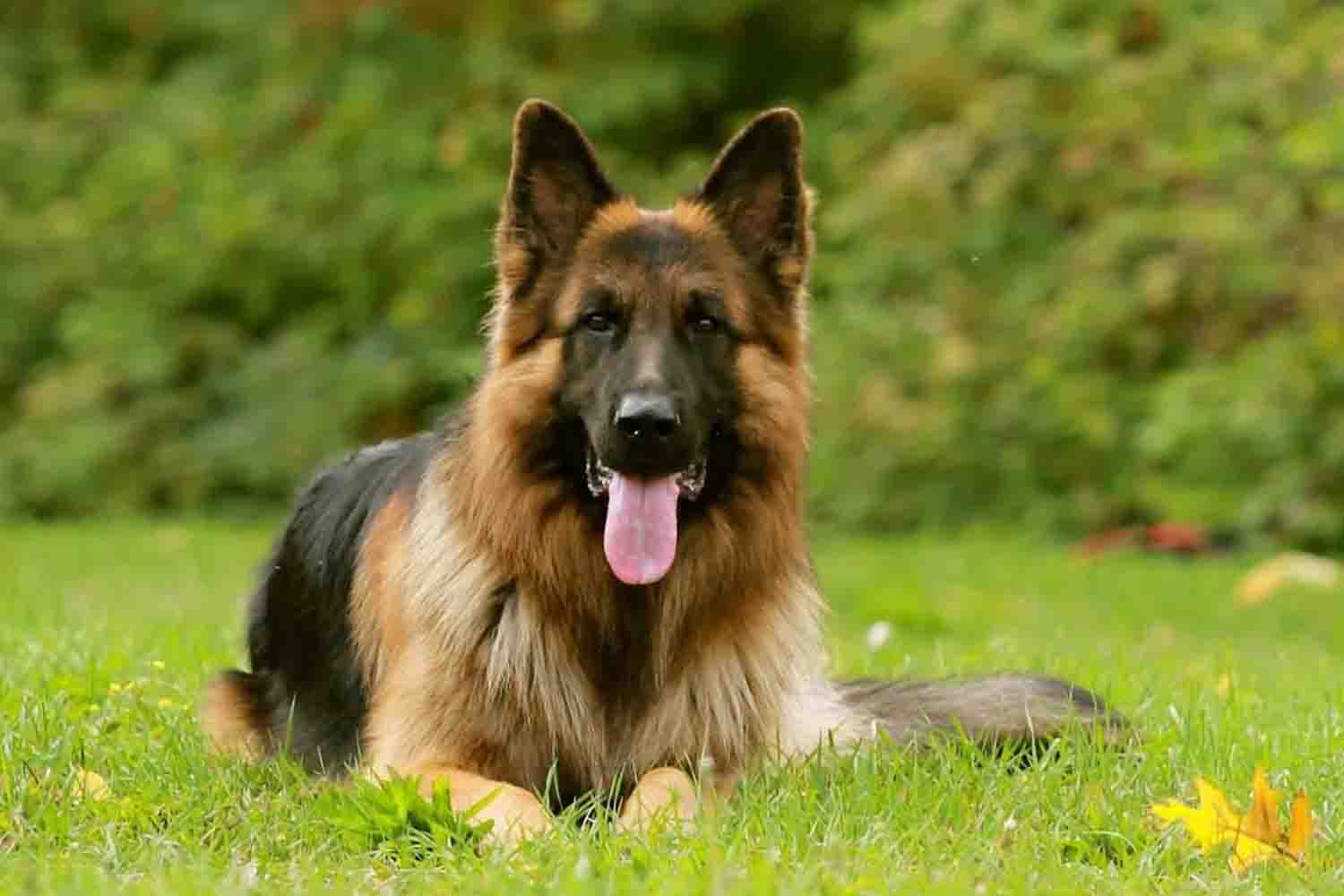Choosing the right dog collar for your dog is important, especially if you want to keep them safe and happy. Not all dog collars are the same! They can be made of a variety of materials and come in different shapes, sizes, colours, and styles. Collar types vary from buckle or snap-together collars to handcrafted leather dog collars.
In this blog post, we will discuss what type of collars is best for your dog’s needs as well as how to measure your dog correctly before ordering their new collar online. You’ll also learn about the benefits of having a safety release clasp on a dog’s collar so that they don’t get stuck on anything while out walking or playing with other dogs. Something that dog parents need to consider when picking out their dog’s collar.
Functions of dog collar
Dog collars are important for your dog’s safety as well as their emotional happiness. Not only do dog collars help to identify them from other animals in the neighbourhood, but it also immediately notifies the dog has an owner and is not a stray dog. Most collars include a name tag, a lost and found number and vaccination or medical tags.
It is believed that dog collars were originally created to protect dog’s necks from injury. In Ancient Greece the dog would be in control of a large herd of goats or sheep and the farmer would use a spiked collar around the dog’s neck to protect it from predatory animals such as wolves.
How to choose a dog collar
A good dog collar offers comfort, safety, and durability. While any old strap will do the trick for a while, you want to invest in something that lasts longer and keep your pet safe from injury or disease.
Materials dog collars are made of:
Leather dog collars provide a fashionable way to attach your dog’s ID tags and they’re usually more durable than other materials. Nylon is easy on the skin and is often preferred by dogs with allergies because it reduces irritation from their fur getting caught in the strap while wearing it for long periods of time.
There are dog collars for every dog, just make sure you do your research before buying one on the internet because they can be expensive!
Measurements of dog collar:

– dog collar length
– neck circumference size
It is important to measure your dog properly. A poorly fitting collar can be dangerous to both dogs and humans in an outdoor setting. The wrong size will also lead to poor behavioural outcomes in training your pup. So, measure your dog’s neck! It sounds like a pain, but if you want to be 100% sure that what you’re buying will fit, there are usually sizing labels on most collars. A perfect fit is when you can slip two fingers underneath the flat side of your dog’s collar.
Most importantly, don’t forget about the safety release clasp on a dog’s collar so that they don’t get stuck on anything while out walking or playing with other dogs.
Type of dog collars
Martingale collar
Also known as limited-slip or non-slip dog collars. Martingale collars are the most popular type of training collar because they offer a perfect blend between comfort and safety. Tightening when your dog pulls but loosens up when he’s walking appropriately this style is designed to be both gentle on their necks yet efficient for getting them in line fast.
Is the chocker chain another name for a Martingale collar? No, the Martingale dog collar has two loops that tighten around the dog’s neck when they pull, but then loosen up once the dog starts walking in a normal fashion. A chocker chain collar works the same way but has no limit to how tight it can cinch and is not recommended for dogs with breathing or neck problems like pugs, bulldogs, shih tzus or other breeds that have short muzzles which may compress their airways if they pull too hard against the restriction.
Flat collar
Also, known as a basic dog collar. It is worn around the dog’s neck and has a buckle in front for easy adjustment. The flat collar is usually made out of nylon or leather, and they are popular with people who want to show off their dog. A basic collar can be a permanent accessory for your dog. They should be a comfortable loose fit.
Head Collar
Head collars are also called head halters. They have a loop that wraps around the dog’s muzzle and there is usually an adjustable strap on each side of their neck to control where they turn by steering them in the direction you want them to go.
A dog with severe behavioural problems or one who has had surgery may be prescribed this type of collar for safety reasons, but it should not remain on your dog all day long as it restricts airflow through her mouth which can cause respiratory issues over time.
Prong collar or Pinch collar
A dog collar that has aggressive spikes on it. Prong collars are never advised to be used, even for severe dog behavioural issues because they can cause harm and injury to your dog’s neck and throat if worn improperly or too long.
When it comes to pinch collars, the risk is not worth the potential benefits. There are so many other training methods that can be used on your dog for them to stop pulling, and if you have any doubts or concerns then you should avoid using this method at all costs.
Smart collars
This dog collar is used as a training device, and they are also called electric dog collars. The purpose of this type of dog collar is to provide reinforcement when an unwanted behaviour happens, but not get your dog in trouble if the desired behaviour occurs without it being prompted (i.e., sit). It then sends out vibrations or electrical pulses with these correction signals that make dogs move back into position so that you can correct them before anything gets worse.
Even though this type of collar has fewer chances of physical harm to your dog, there is a greater danger of long-term anxiety and dog behavioural problems, and so it should only be used by a dog behaviour specialist who is very familiar with the risks of this type of dog collar.
Dog show collars (‘P’ Leash)

Used to show dog breeds at dog shows, dog training competitions and performance events. This is more of a hybrid of collar and leash together.
Show Collars are a type of collar that is typically made out of braided material like leather or nylon. They should not be confused with chain slip collars. The collar portion slips over the head and tightens when the lead is pulled. A plastic clip type of object is placed on the leash to keep the collar in place.
It is important to have your dog walk with you without pulling or lunging. Now that you know the basics of dog collars, we hope this article helps in your decision-making process.












